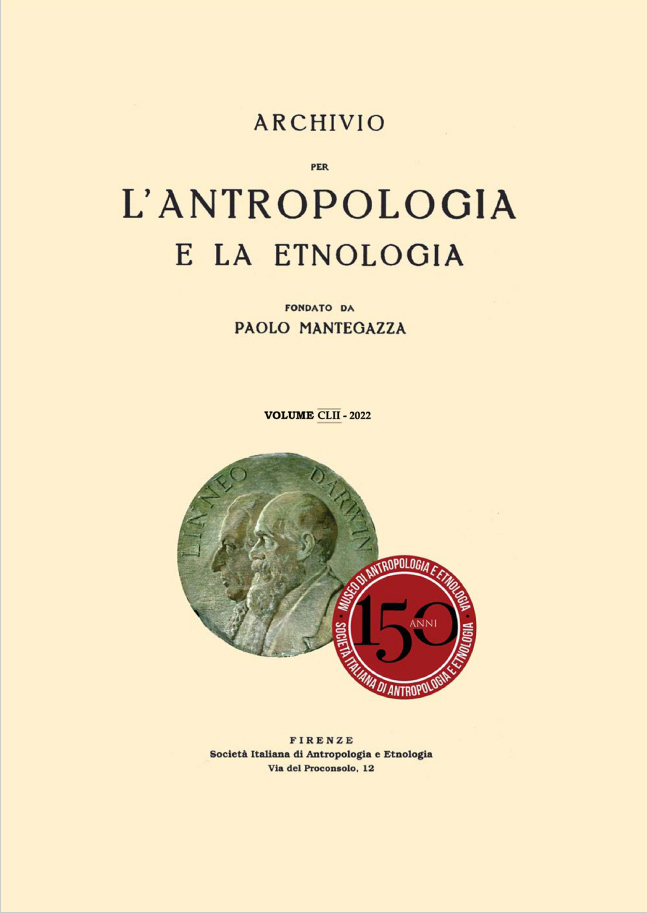Mumbai e le trasformazioni del suo habitat urbano. Una prospettiva storica sulle problematiche dell'abitare

Published 2022-11-01
Keywords
- India,
- housing,
- informality
How to Cite
Copyright (c) 2022 Andrea Testi

This work is licensed under a Creative Commons Attribution 4.0 International License.
Abstract
The research reported here examines, from a historical perspective, the urban transformations that characterized the city of Mumbai since its foundation. First, a brief historical overview of the Indian peninsula, which is distinguished by a multitude of climates, contexts, ethnic groups, cultures, languages, and religions, is outlined. Second, the report focuses on the twentieth century migration patterns in order to better delve into the urbanization processes and features. The Indian urban dimension has grown rapidly and currently the country is the second most populated in the world. Its metropolises show many critical issues and poor housing conditions stand out. Urban informality and precarious housing are common, and they are particularly relevant in the most inhabited urban agglomerations. Mumbai developed on a small group of islands under Portuguese and British control and transformed into a megalopolis in a relatively short time span. Although public authorities became gradually aware of the housing shortage problem, the policies and interventions implemented proved to be inadequate to tackle the issue. The city’s historical and geographical specificities have negatively affected urban development, raising land values and ultimately, jeopardizing social housing interventions. The Slum Rehabilitation Schemes case serves as an example to describe the Mumbai urban habitat and the extreme character that distinguishes it. This analysis also stimulates reflections on the housing issue and its possible developments in similar contexts.
